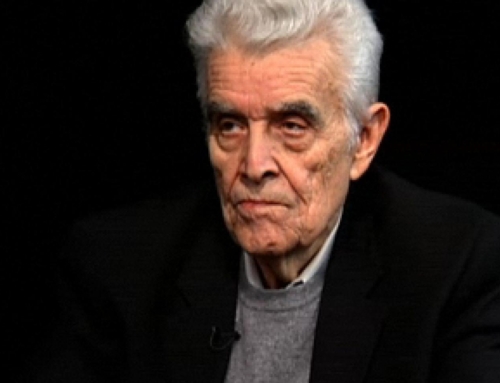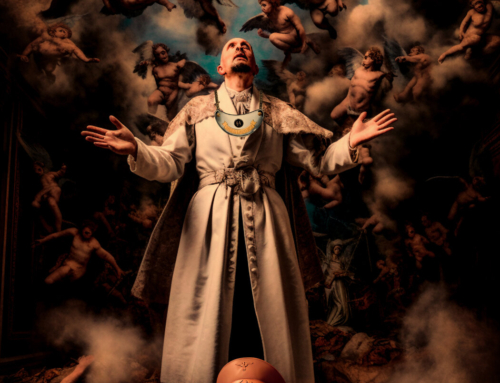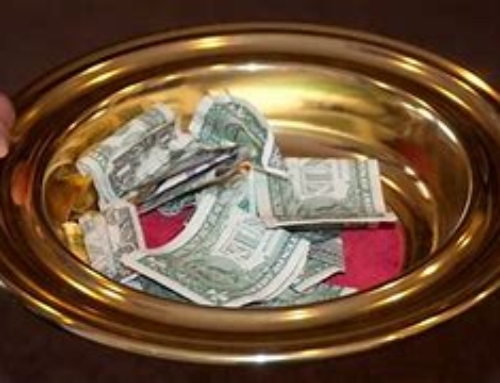The beautiful Epiphany tide custom of chalking your door is coming up.
What’s that all about?
There is a terrific explanation of the tradition here
Put simply, you use blessed chalk to inscribe on the lintel of the door of your home a simple formula which includes the numerals for the year in question and the letters C + M + B.
It looks like this:
So what do the letters “C, M and B” stand for? Most people will tell you that they stand for the names of the three wise men–Caspar, Melchior and Balthasar–and that is certainly a venerable tradition, but I think it is not the best tradition and one that doesn’t really make sense.
Instead the better explanation is that it stands for the Latin phrase Christus mansionem benedicat which means “May Christ Bless this Home.”
Why am I critical of the “Caspar, Melchior and Balthasar” opinion? First of all, because putting the names of the wise men over the door of the home as a blessing doesn’t make much sense liturgically or even symbolically. However the Latin phrase meaning “Christ Bless this House” makes eminent sense and connects with the liturgy of a house blessing in which the main door of the home is the first thing to be blessed.
But there is another reason which anybody who has read The Mystery of the Magi will see coming.
And that is, the names for the three wise men are a late elaboration of the gospel text. Matthew never says there were three of them. He doesn’t say they were kings and he doesn’t give their names.
In fact it was only in the sixth century that their names started to be specified as we now accept them. Before that they had other names.
The Excerpta Latina Barbari composed in Alexandria, calls them Bithisarea, Melichior and Gathaspa or as we know them, Balthasar, Melchior and Caspar. Two centuries earlier a Syrian writer named them Hormizdah, King of Persia, Yazdegerd, King of Saba and Perozadh, King of Sheba. In contrast, Syriac Christians named the Magi, Larvandad, Gushnasaph, and Hormisdas. Ethiopian Christians called them Hor, Karsudan, and Basanater, while the Armenians said they were named, Kagpha, Badadakharida and Badadilma. (from Mystery of the Magi ch.3)
Why did the later names Caspar, Melchior and Balthasar stick? Because in the sixth century the Emperor Justinian created the famous mosaics in various churches in the Italian city of Ravenna, and in the church of Saint Apollonare in Classe, the mosaics of the wise men have their names beneath them in the form we now accept.
The magi in the mosaics were also dressed in typically Persian costumes with pantaloons and pointed Phrygian hats. While these costumes confirm that Justinian and the Christians at the time believed the magi came from Persia, the costumes are typically sixth century Persian outfits–not those that might have been worn by first century magi.
So it is wonderful to chalk the doors for Epiphany, but I reckon it is better to remember that the letters “C+M+B” stand for “May Christ Bless This House” and also remember that the names of the wise men are part of the tradition, but not part of the history.
Go here to learn more about The Mystery of the Magi
In September of this year I will be leading a pilgrimage to the Holy Land retracing the steps of the Magi to Jerusalem and Bethlehem. Watch the blog for more information will be coming soon.









[…] Community in Mission Islam in the Public Square – William Kilpatrick Ph.D., Crisis Magazine Caspar, Balthasar & Melchior? Where Did Their Names Come From? – Fr. Longenecker Podcazt 160: The Bishops of Kazakhstan Statement – Fr. Z’s […]
[…] Longenecker, Dwight. “Caspar, Balthasar and Melichor? Where did that come from?”, http://www.dwightlongenecker.com, January 2018. Caspar, Balthasar and Melchior? Where Did That Come From? – Fr. Dwight Longenecker[ ] […]
] […]